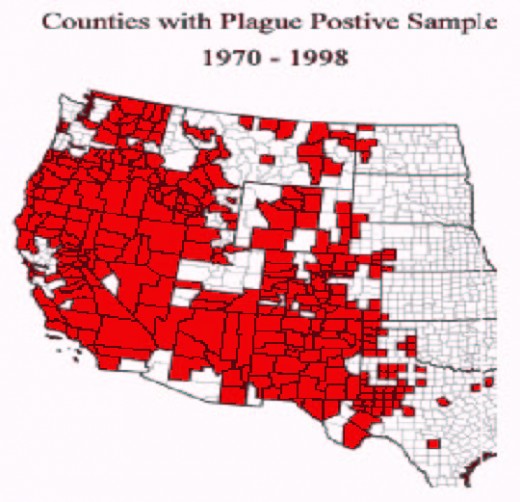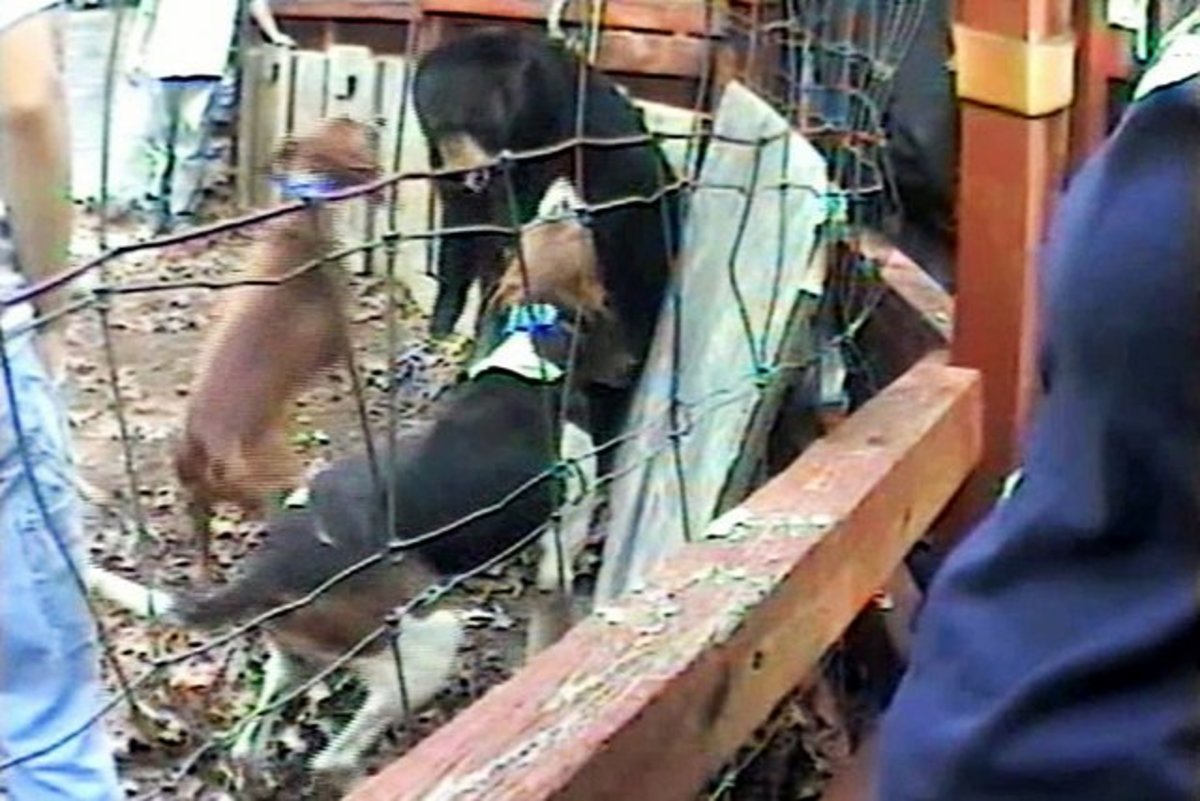The 21st Century Plague
A dangerous plague has befallen citizens of the 21st century. More insidious than any other plague that came before, except, you know, the ones that killed people, this plague continues to strike millions of victims.
Mainly a disease of the young, Plague 2.0 strikes completely without warning and leaves its victims scarred with discolored skin that renders them frightening to passersby. The real victims of this plague aren't just the ones who suffer from it daily- they are also the countless children and innocent bystanders who must witness its relentless onslaught across the world.
The Progression of Plague 2.0

How the Plague Began
As you can see from the plague chart above, Plague 2.0 actually began in the late 20th century. The origins have been traced back to a topical pharmacuetical that could be applied to the skin for uncertain results. Some believed the product was a magical concoction that contained bottled sunlight. By simply transfering this sunlight directly from the bottle to the skin, the power of the sun would tan the skin. All of this would occur without the person ever having to lie out for a suntan.
As far fetched as this sounds, many people in the later years of the 20th century generally believed this tale. They purchased the magic bottles in droves and applied the bottled sunlight to their skin. After a first wave of Plague 2.0 proceeded across the West coast, the product was seen to be a scam. There was no magic sunlight in those bottles. It had been nothing more than orange dye.
After the scam was discovered by the populace, throngs of angry people lamented the purchase that had turned them orange. In the face of such outrage, the magic lotion is no longer thought to be the cause of the current plague. Something far more sinister must be afoot.

The Return of the Plague
After the first wave of the modern plague, the second wave began just as the first did- on the West coast of the United States. From there it spread across the country until no city or town was left unaffected. As of 2012, there are some cities in which as many as one in four people have been struck with Plague 2.0, leaving them to relentlessly roam the Earth in search for a cure. However, there is currently no scientific body looking for a cure. There is no research grant awarded to the study of the plague. At the rate of current infection, the entire world will be affected before any cure is sought.
Young Victims of Plague 2.0







Plague 2.0 Demographics
The 21st century plague often strikes the young, leading many to believe it is a disease only of the young. However, the plague can strike anyone of any age. The pictures above are just a few of the hundreds of pictures being used in the Plague 2.0 Memorial Quilt currently being sewn by plague sufferers. While many of the pictures acquired by the group were of teenagers, the group found that the diease is also distributed among young adults, the middle aged and even the elderly. No one is safe from the plague. This is particulalrly true because as of this writing, there is no known cause of the plague. Anyone, anywhere is susceptible.
Beware

How to Prevent Yourself From Becoming a Victim
It is unclear whether the orange plague is contagious or is spread somehow through the environement. Anectodal evidence, however, points to it being spread through a contagion. The spread of orange hues through California suggests that many of those struck by orange are catching it from each other. Because this is the prevailing theory, it's the only way we currently have to try to curb its progression.
Stay away from those who are orange. Make an excuse or simply change your name and disappear. Under no circumstances should you stay in an enclosed area with someone suffering from orange.
Stay away from California. The plague is so widespread in California that being bright orange is no longer a cause for concern. People treat it like any other skin hue and accept it as normal. If you have already succumbed, moving to the state might be a way to feel normal again. But, if you are trying to avoid becoming infected, just stay away.
Stay away from fake breasts. There is no formal study underway, but anecdotal evidence points to a correlation. Orange skin and breast implants are seen together so often that avoiding one may help you to avoid the other.









